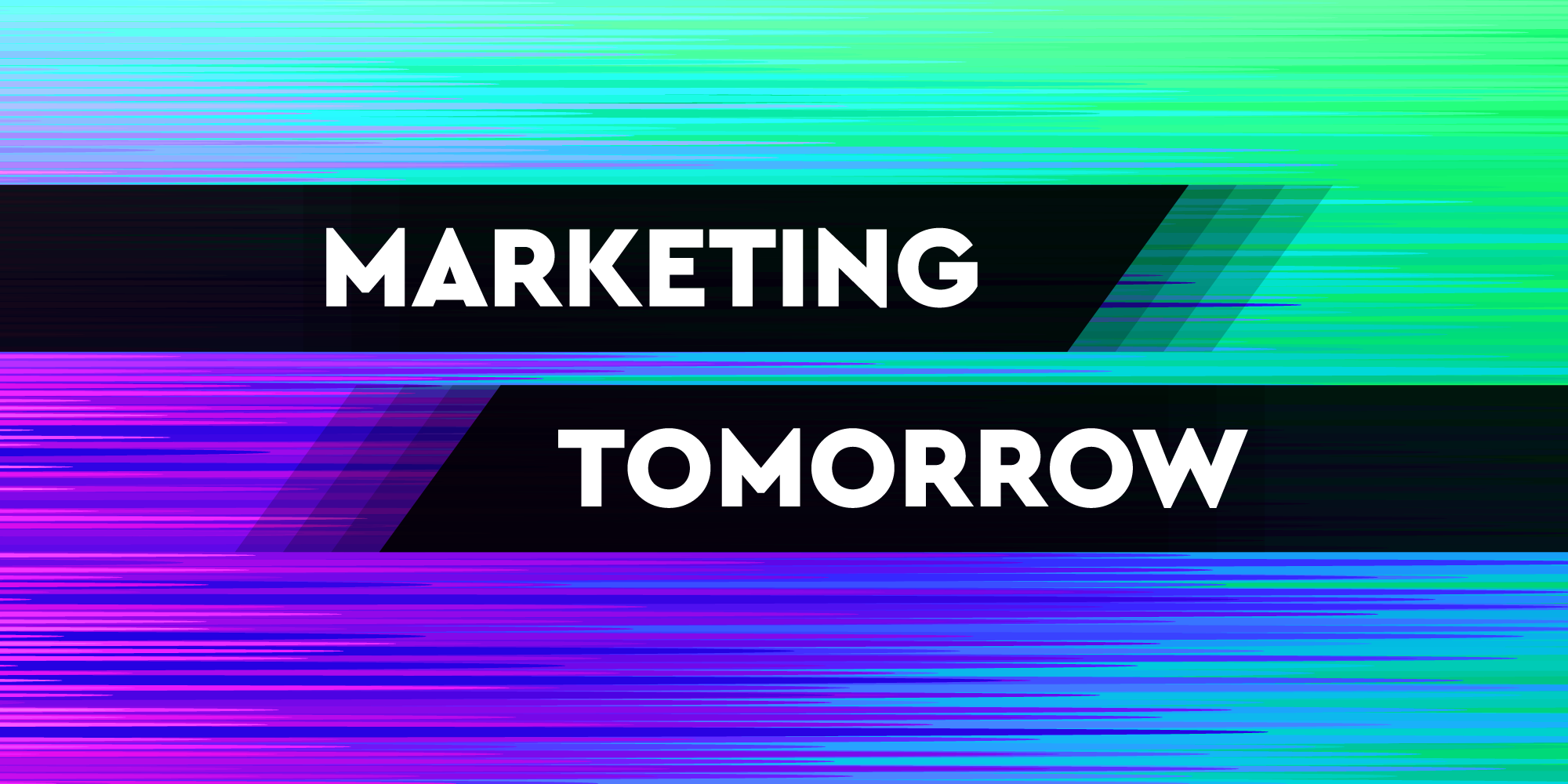How much do you know about your tech stack? According to the U.S. Chamber of Commerce, 93% of small businesses use at least one piece of technology to help run their business. For most businesses, these tools are used to drive growth by creating efficiencies, making their processes more effective, and creating a positive impact on the overall business.
In this podcast, Tyler Pigott, LFC CEO, discusses how you can use your tech stack to power your business. He refers to technology as something you can “hire,” meaning the role and need should exist first and your technology should fill them.
“It’s how you use the tool that’s going to make it effective,” Tyler says. “You need to really understand the basics of the problem you need to solve…so you can think ‘how would we use a tool to do this.’”
He breaks down your tech stack into two categories: core tools and departmental tools. Core tools apply to your entire organization and are utilized by everyone in the company. Some examples include:
- Google apps
- HubSpot
- Asana
- Zoom
Departmental tools are specific to individual departments or roles and help them perform their job. Not everyone in the organization will use these tools, but their integral to specific processes. For example:
- AhRefs for content creators
- Figma for designers
- PandaDoc for sales teams
Tyler notes that getting all these tools to work together can be a challenge, so you first need to decide on your core tools. When you know what your core tools will be, you can choose others that integrate seamlessly and support those tools to ensure a cooperative tech stack.
Another problem many companies face, and Tyler addresses, is bloat within your tech stack. You might have tools that perform the same job or, worse, some that you don’t even use. Tyler recommends making a visual map of your entire tech stack so you can determine what capabilities you already have and how they might apply to needs in different departments.a
Most companies use technology to empower informed decision making. Tyler adds that the key to choosing tools that help you make better decisions is looking for ones that offer trackable data. You should be able to look back on what you do well or who you serve most to find your organization’s strengths and weaknesses.
Finally, Tyler notes that your tech stack requires buy in from the whole organization. If you aren’t using the tools you pay for, then you won’t get your money’s worth. Ensure everyone is on board with implementing new technologies and see the value in what it has to offer.






